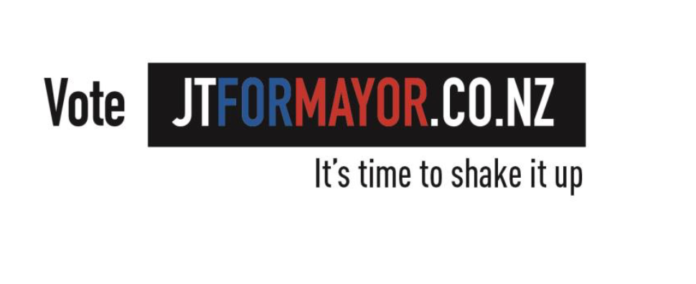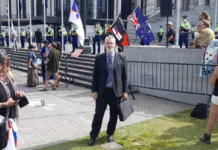The Council’s waste policy should be focused on serving the needs of citizens and ratepayers through the delivery of services providing the most convenient, safe and cost-effective removal of waste, with the smallest practical environmental footprint.
The current Mayor has overseen the development of a Waste Management and Minimisation Plan (WMMP) that, if implemented will require Aucklanders to pay more for reduced services and will greatlyincrease the degradation of our city’s environment.
Included in Goff’s WMMP are:
- The slashing of waste collection services, from once every seven days to once every 14 days
- The introduction of an unproven service where at a cost of $68.34 (incl. GST)1, citizens will be required to collect their food scraps in a bucket
- The failure to reintroduce the annual inorganic kerbside collections
- The significant acceleration in the already rising incidents of fly tipping across the city2
As Mayor, John Tamihere will oversee a rational policy on waste that increases service to consumers, while providing effective protection for our environment. Tamihere will:
- Retain the weekly collection service
- Reintroduce the annual inorganic collection service
- Suspend the food waste collection initiative unless and until it has been proven to be effective, acceptable to ratepayers and showing a proven environmental benefit
- End ‘stickering’ of illegally dumped rubbish in favour of immediate removal once it is identified or reported to Auckland Council
- Introduce a more competitive regime into the provision of waste services to appropriately bring to bear the Council’s purchasing power to reduce the costs of services
In addition, as Mayor, Tamihere will make it a priority to carry out a rapid review of options for 21st century approaches to the disposal of waste. Tamihere will seek proposals for a Public Private Partnership to implement a waste to energy plant that will turn Auckland’s rubbish into energy.
1 This is the cost of the food scraps targeted rate, which has been introduced for North Shore targeted households as part of the 2019/2020 Annual Plan. A similar targeted rate will be rolled out by Mayor Goff to hundreds of thousands of Auckland households after the election.
2 While Goff claims incidents of fly-tipping have begun to decline, illegal dumping of general waste, commercial waste and other waste is high and much of it unresolved.
Waste to Energy
My advisors have studied these systems that have been deployed in Korea, Los Angeles and Scandinavia.
The process of treating waste is called Gasification, and in effect renders all waste to ashes without any major contamination to environmental quality.
It ensures that huge tonnages of waste being moved around the city and to to landfill will decrease in dramatic terms. The adverse impact of trucking to landfills and the adverse impact of the tonnages going into landfills will be minimised significantly.
A major bonus of this system is that gasification is a process that leads to the provision of electric power that can be added to the grid. Just as importantly, these plants can be placed on present collection and transfer station sites without any major environmental impact and has the ability to quickly connect to the national grid.
There are 34 Waste to Energy Plants in Sweden which accounts for up to 50% of its winter time electricity and heating requirements.
Japan disposes of up to 60% of its solid waste at any one time using this same process.
Not only is this technology available, Auckland under my leadership will be open to Private-Public Partnerships to build these plants.
For example, in conjunction with Contact Energy the Auckland Council should recommission the Otahuhu Power Stations A&B and convert to refuse destruction as well as enlargement.
Tamihere says ‘Many of Council’s policies under Mayor Goff are rubbish; his WMMP is rubbish aboutrubbish!’
John Tamihere will use a common sense approach, encouraging the collaboration of all stakeholders.





